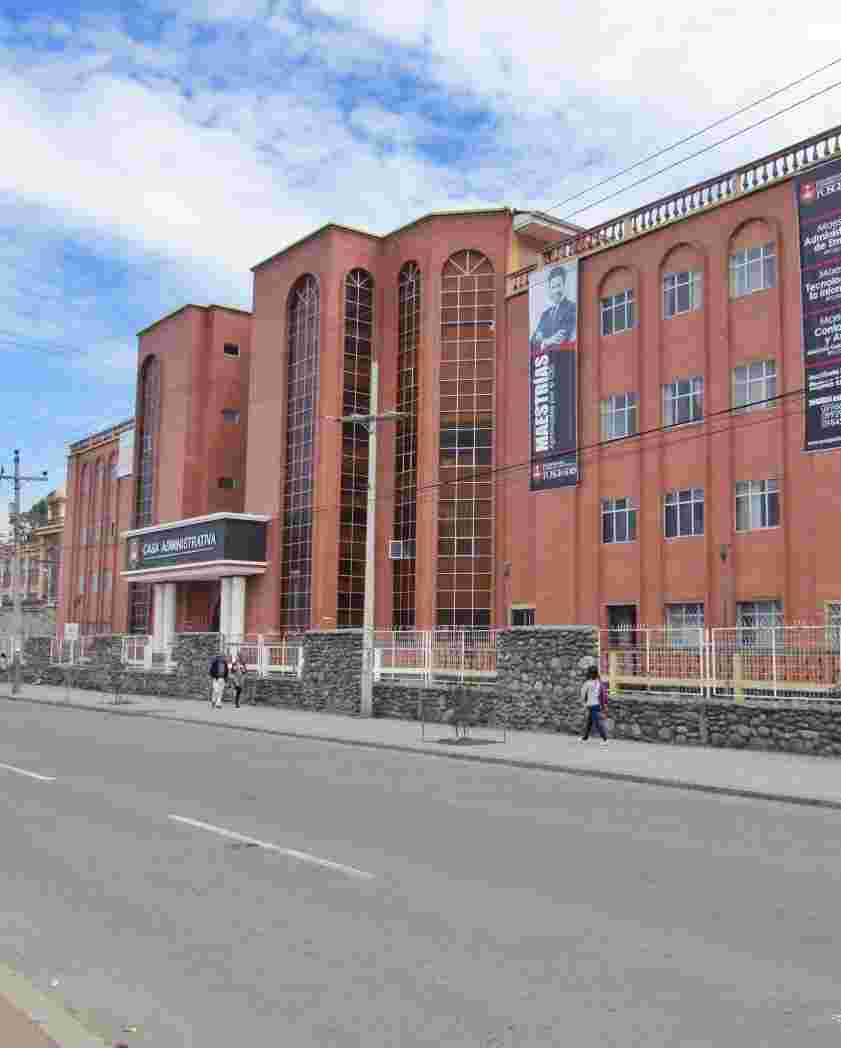Ingeniería Civil
URI permanente para esta comunidadhttps://dspace.ucacue.edu.ec/handle/ucacue/37
Examinar
Examinando Ingeniería Civil por Materia "ABAQUS"
Mostrando 1 - 4 de 4
- Resultados por página
- Opciones de ordenación
Ítem Acceso Abierto Análisis del comportamiento estructural de muros de mampostería sin reforzar mediante Mef: adaptado a normativa y condiciones locales(Universidad Católica de Cuenca., 2023) Mendieta Yunga, José Michael; Barbecho Chuisaca, Juan Gabriel; 0706568425Ítem Acceso Abierto Análisis tenso deformacional de un pórtico especial a momento con conexiones Rbs(Universidad Católica de Cuenca., 2023) Mantilla Suin, Stalin Paul; Barbecho Chuisaca, Juan Gabriel; 1105645236Ítem Solo Metadatos Calibración del modelo numérico de una viga de hormigón armado definida para falla dúctil(Universidad Católica de Cuenca., 2023) Encalada Jimenez, Andres Mauricio; Vera Quichimbo, Jeison Ronaldo; Barbecho Chuisaca, Juan Gabriel; 0302687694; 1401043060Ítem Acceso Abierto Calibración del modelo numérico de una viga de hormigón armado definida para falla por compresión(Universidad Católica de Cuenca., 2023) Montenegro Palacios, David Hernán; Morales Pacheco , Ariel Sebastian; Barbecho Chuisaca, Juan Gabriel; 0107153926; 0107138786This degree work focuses on calibrating a numerical model of a reinforced concrete beam designed to experience failure under controlled compressive bending conditions. The need for this study lies in the importance of understanding and predicting the behavior of reinforced concrete structures, especially in maximum load situations. Abaqus software was employed as the primary tool to conduct the study. The aim was to compare the results obtained from the physical model with the numerical model, using two fundamental approaches: the maximum load capacity and the displacement energy concept. The calibration of the numerical model was based on the implementation of constitutive models representing the behavior of the materials constituting the reinforced concrete beam. The comparison was founded on capacity curves representing the relationship between the applied force and the resulting displacement in physical and numerical models. Cracking patterns and structural behavior were assessed in each case. The results revealed a detailed analysis of the variation in behavior between the models regarding displacement energy (4.66 %) and load-carrying capacity (6.34 %). This approach provided crucial information on how the numerical model approximated the actual behavior of the physical model.




